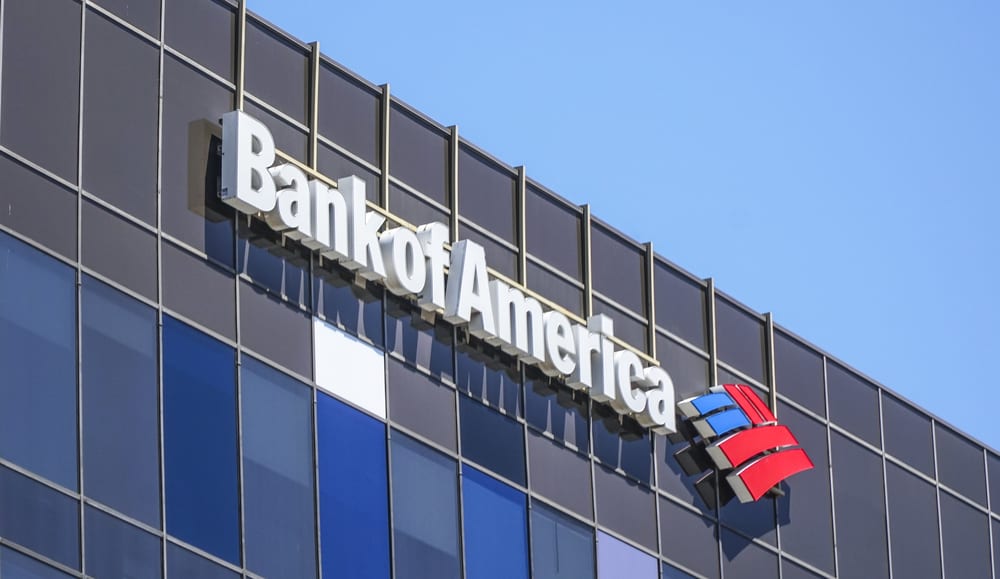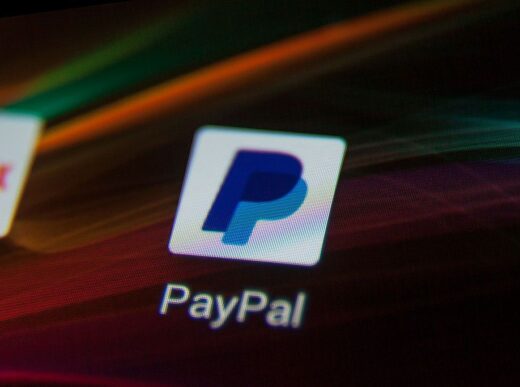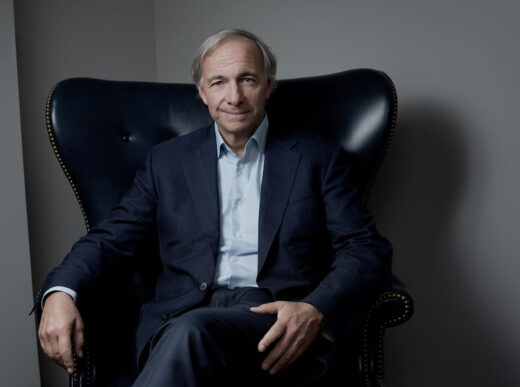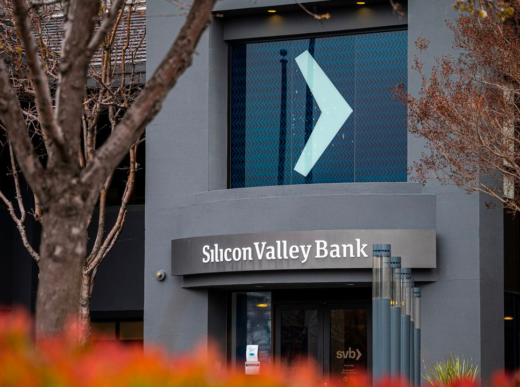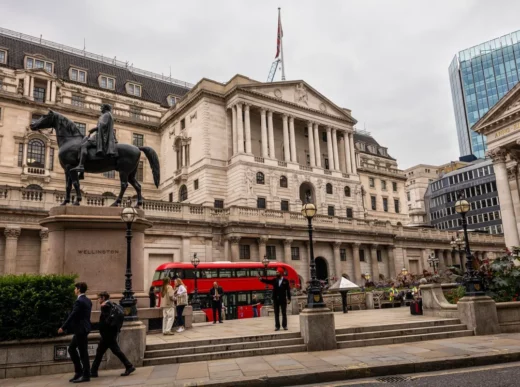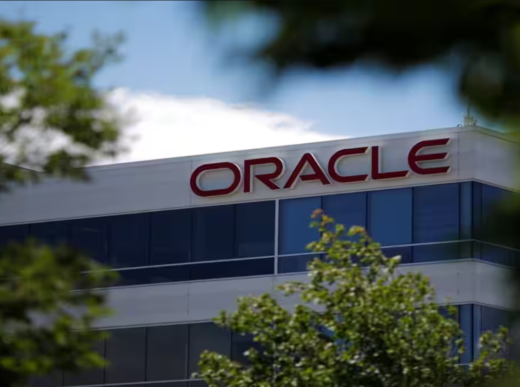The summer has witnessed a surge of dividend raises within the banking sector, triggered by the favorable outcomes of the Federal Reserve’s annual stress test for 23 major lenders. With these financial institutions demonstrating robust resilience to economic pressures, a crucial question emerges for investors: Do the dividend increases by prominent players like Bank of America and retail finance specialist Synchrony Financial enhance the appeal of their stocks? Exploring these dividend hikes and their potential implications can provide valuable insights for investors seeking strategic financial opportunities.
Bank of America’s Reinforced Dividend Appeal
Bank of America, the second-largest bank in the United States, recently announced a dividend raise, elevating its next payout to $0.24 per share — an impressive 9% increase. This enhancement translates to a dividend yield of nearly 3.1% based on the current share price. This yield stands out, particularly in comparison to the average yield of 1.5% in the S&P 500 index, and it is even more remarkable considering the historically modest dividend offerings in the finance sector.
Amid an expanding economy and concerns over inflation, Bank of America continues to shine. The bank reported substantial year-over-year growth in both revenue and profitability during the second quarter. Furthermore, its consistent growth in checking accounts, a vital source of deposits for loans, further fortifies its position in the market. With its adept ability to capitalize on economic upswings, Bank of America emerges as a compelling choice in an environment of anticipated economic growth.
Investors seeking to capitalize on Bank of America’s dividend raise still have time. The initial $0.24 per share dividend is set to be distributed on September 29 to stockholders recorded as of September 1.

Synchrony Financial’s Unique Niche Advantage
Synchrony Financial introduces a distinctive dimension to the banking landscape, focusing on consumer credit through the issuance and management of branded cards for retailers and businesses. By facilitating partnerships with prominent companies such as American Eagle Outfitters, eBay, Chevron, and Lyft, Synchrony has carved a profitable niche for itself. The second quarter showcased its resilience, with a net profit of $569 million and $4.1 billion in net interest income, albeit a decline from 2022 due to increased provisioning for loan losses.
The current dynamics are propelling Synchrony toward success. As consumer behaviors revert to pre-pandemic norms, evidenced by increased retail visits and shopping activities, Synchrony’s tailored approach to credit cards gains traction. In Q2, adjusted purchase volume rose by 6%, and average active accounts grew by 7%, aligning with the company’s optimistic outlook. While Bank of America offers broad exposure to borrowers nationwide, Synchrony positions itself as an enticing niche stock for those who anticipate the retail sector’s outperformance.
Synchrony Financial recently boosted its quarterly payout to $0.25 per share from $0.23. The upcoming dividend is scheduled for distribution on August 10 to investors recorded as of July 31. With the new amount offering a theoretical 2.9% annual yield, Synchrony maintains its status as a relative high-yield option.

Conclusion: Unveiling Investment Prospects in Banking Dividend Raises
The current landscape of dividend raises within the banking sector has spurred intrigue among investors. Bank of America’s impressive dividend hike and its strategic positioning in a growing economy position it as a compelling investment choice. Conversely, Synchrony Financial’s unique focus on consumer credit and tailored solutions resonates with the retail sector’s resurgence. Its recent dividend increase underscores its potential for attractive returns. As investors weigh these dividend hikes, they stand at a juncture of opportunity, poised to align their investment strategies with the evolving dynamics of the financial world.
